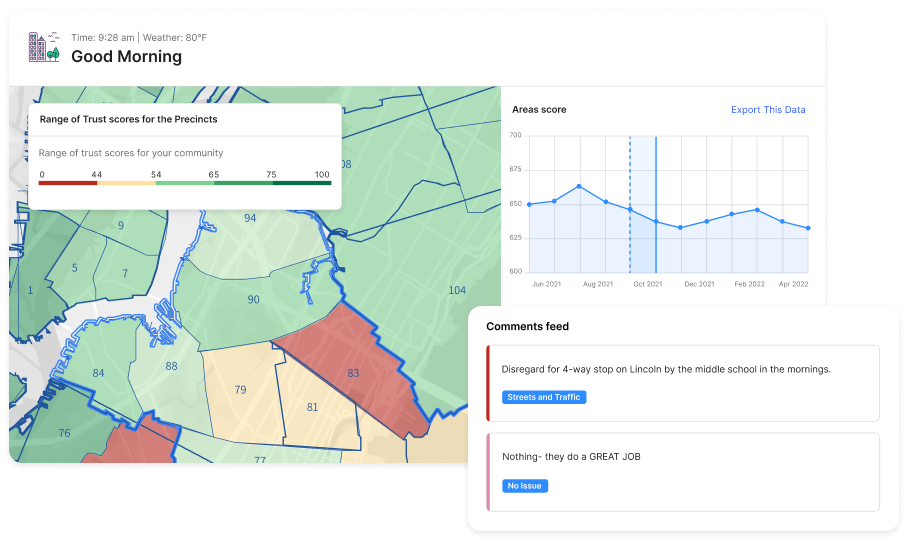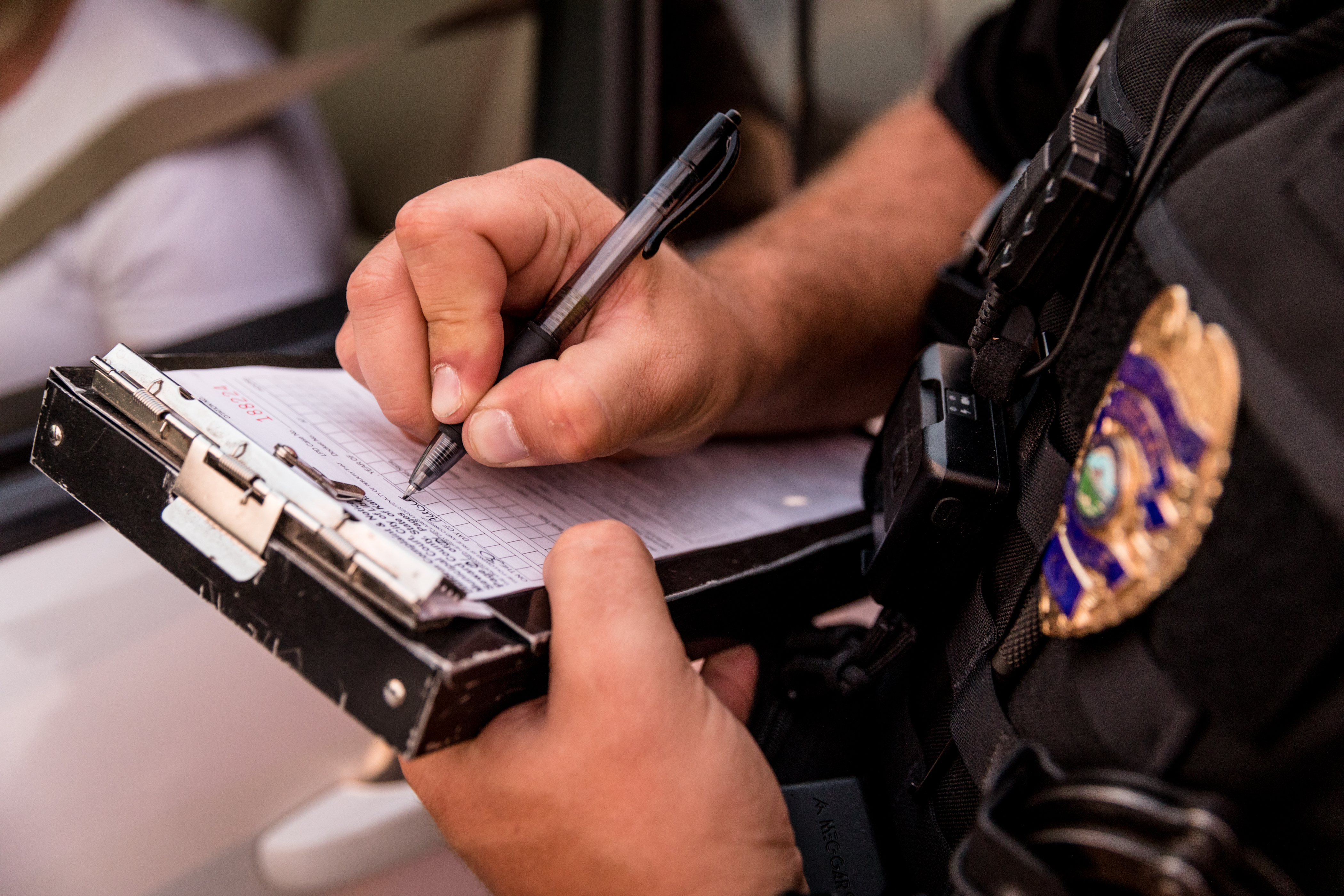Untapped feedback at our fingertips: a Former Police Chief’s Response to the Recent Police-Public Contact Survey

Noam Rabinovich
Product Marketing Manager
Law enforcement has become much better at utilizing data to make informed decisions in recent decades. Law enforcement relies on crime data to identify trends and deploy resources accordingly, to use in budget formulation and planning, and to assess the efficacy of crime reduction efforts. Yet, few departments leverage one of the most important data resources at their disposal – their constituents’ feedback about their operation, sense of safety, and trust in their local police. This information is paramount to success, and it is at our fingertips.
In November, the Bureau of Justice Statistics released its report summarizing the findings of the 2020 Police-Public contact survey (PPCS). The PPCS interviews a nationally representative sample of residents age 16 or older and provides information with which to examine citizens’ perceptions of police behavior and response during encounters between law enforcement and residents.
We asked our Senior Advisor for Law Enforcement Strategy and former Grand Rapids Police Chief, David Rahinsky, to distill some of the key findings and what they could mean for law enforcement agencies across the country.
About 21% (53.8 million) of US residents age 16 or older had contact with police in 2020.
With one in five residents having had contact with police during 2020, there is no doubt that law enforcement continues to be the most visible and interactive government function. With such widespread contact with community members, police departments have an immense pool of feedback to tap into – should they seek to do so. Each encounter has the potential to provide valuable input about how community members perceive their local police, how satisfied they are with police response and conduct, and how safe they feel. All police have to do is ask them.
Most residents who initiated police contact (88%) were satisfied with the police response
On most of our Blockwise dashboards, which survey residents about their trust in their local police departments, the satisfaction score is considerably lower than 88%. The reason for the discrepancy seems to be the inherent bias of the surveyed group. People who initiated contact with the police are more likely to have a favorable perception of the police. By surveying this particular group, the report leaves out a crucial piece of data from those who had contact with the police without initiating it. What would the satisfaction rate be if all people who have come into contact with the police were asked to rate their experiences? Would this not give a more accurate – and therefore more actionable and valuable – picture of satisfaction with and trust in the police?

The report confirms two crucial facts. First, many US residents come into contact with police and therefore have feedback to share if they are invited to do so. Second, when feedback is collected, it too often exclusively focuses on specific groups and may provide a skewed portrayal of trust and satisfaction.
The solution to these oversights, which results in valuable resident input being omitted from consideration, is simple in theory: It should be easy for residents to provide feedback about their interaction with the police. In practice and using traditional methods, this is a challenging undertaking. Yet, technology can help lower barriers to participation, engage difficult-to-reach communities, and make the feedback process much more accessible and efficient.
Click here to learn more about Zencity’s Blockwise law enforcement solution.
%20copy-1.png?width=544&height=120&name=Logo_black%20(1)%20copy-1.png)



